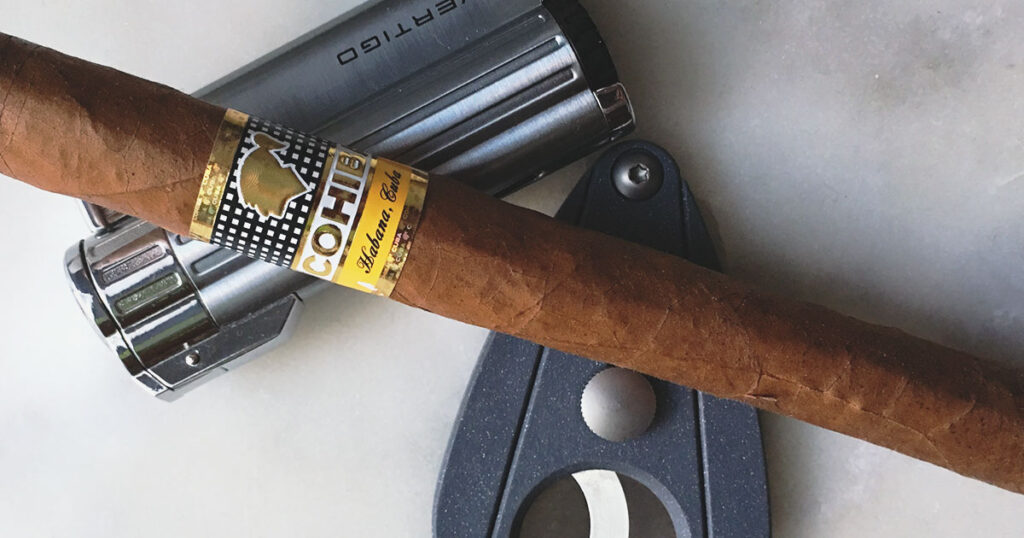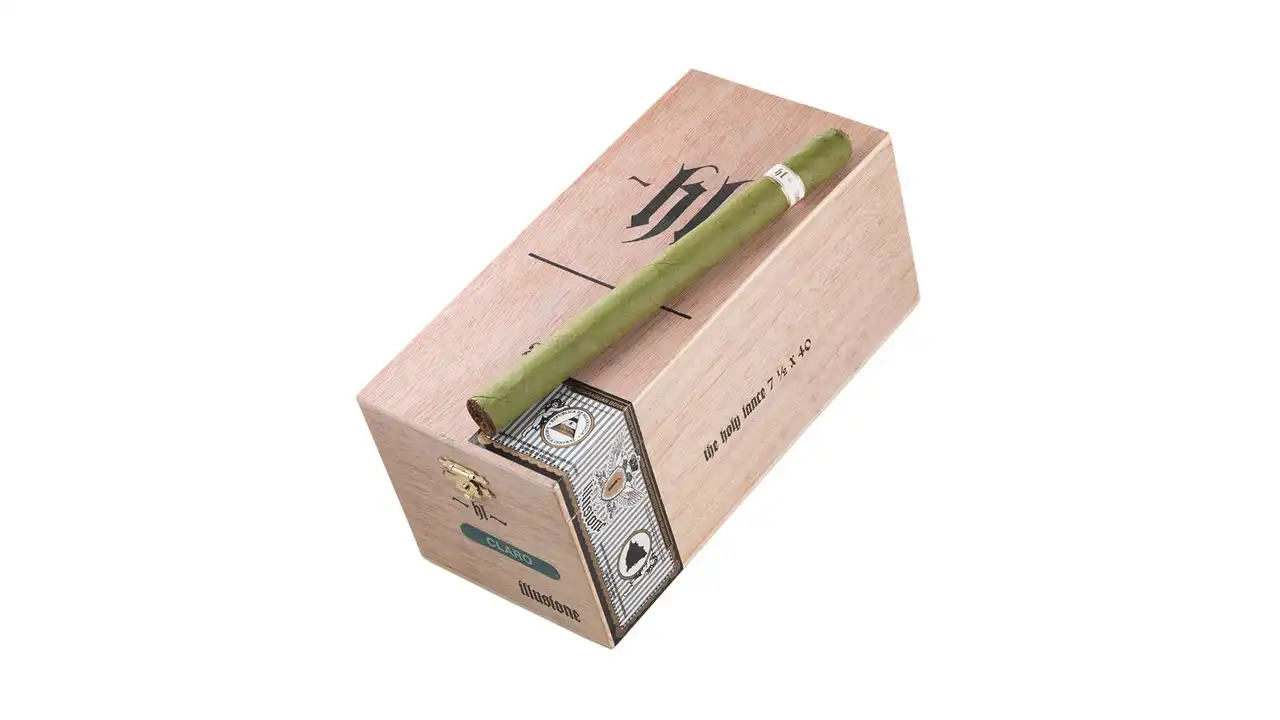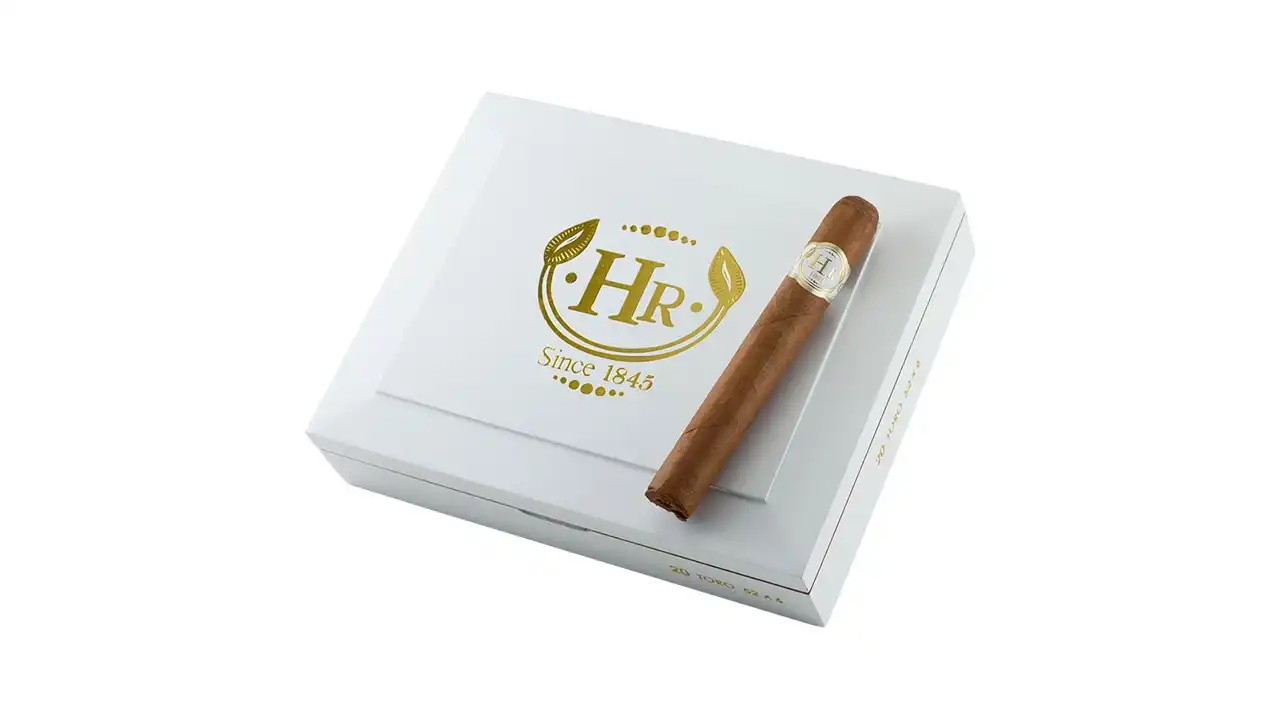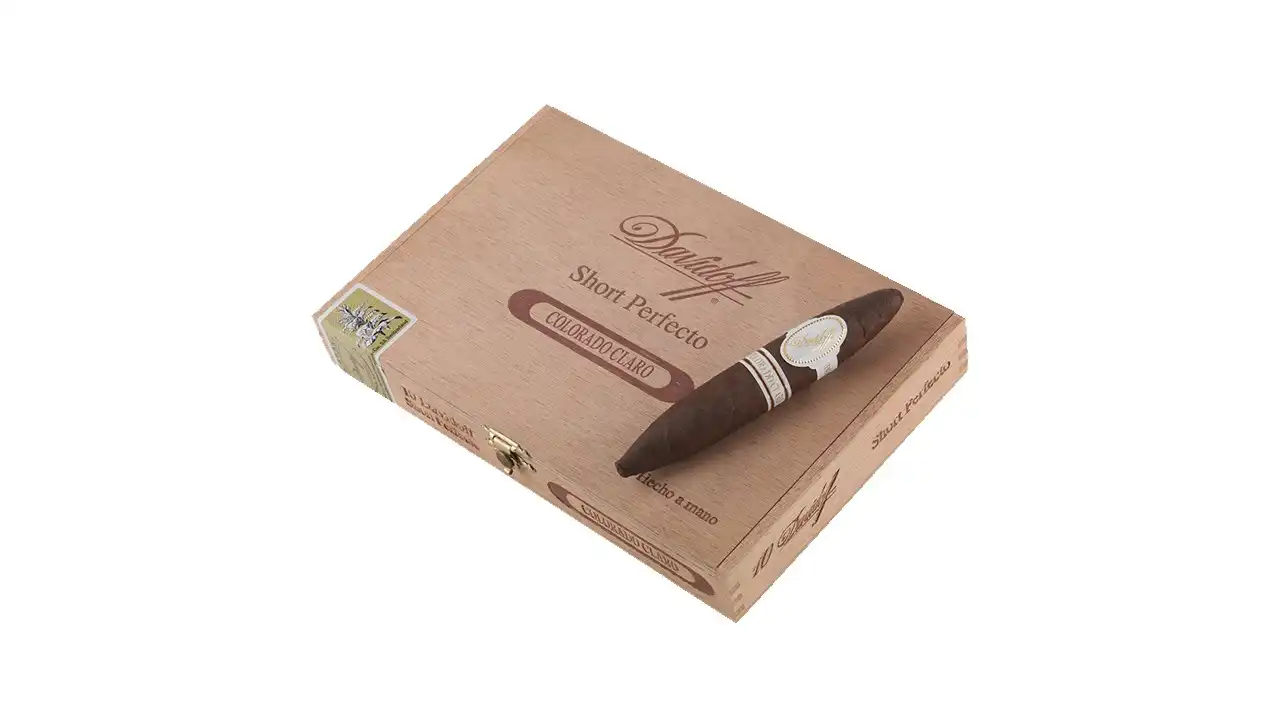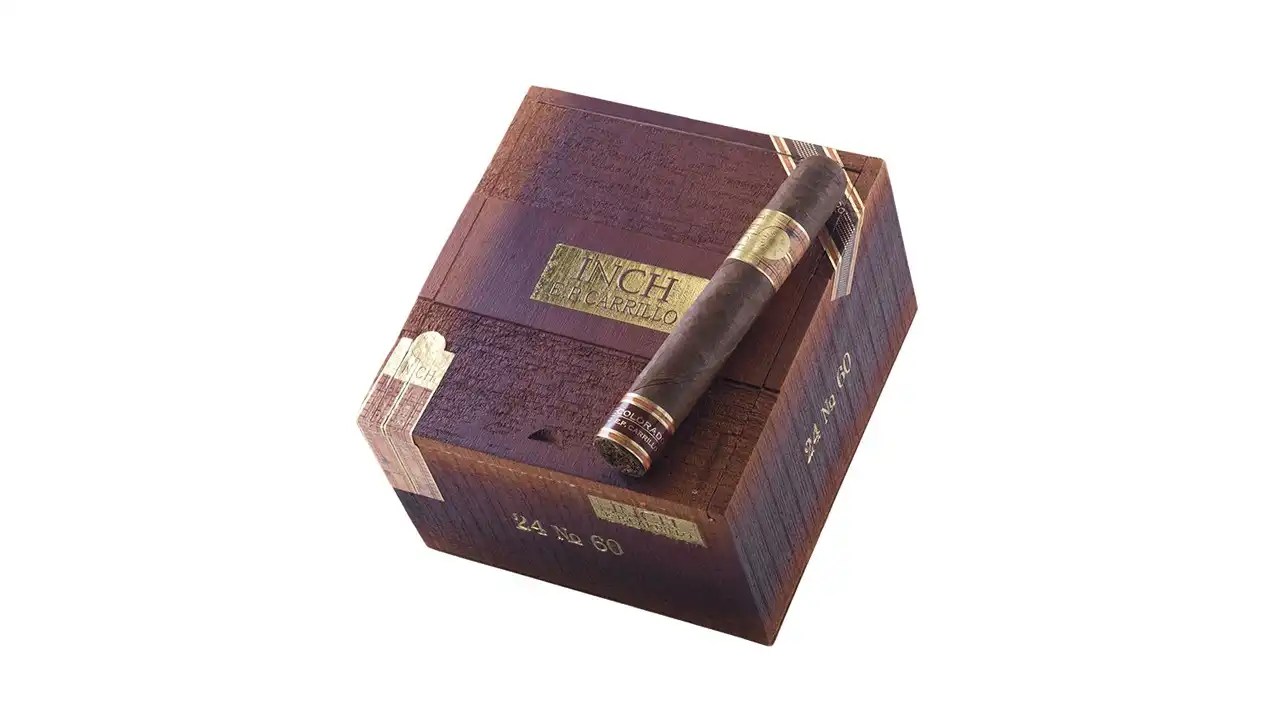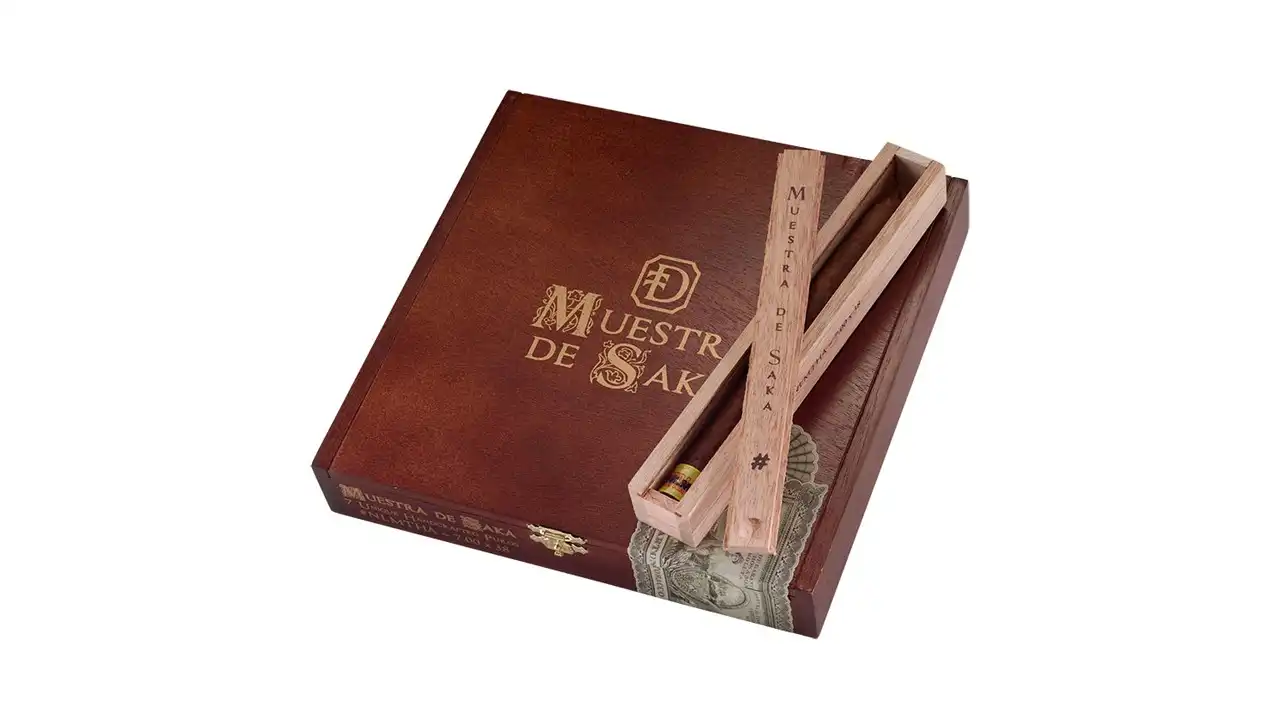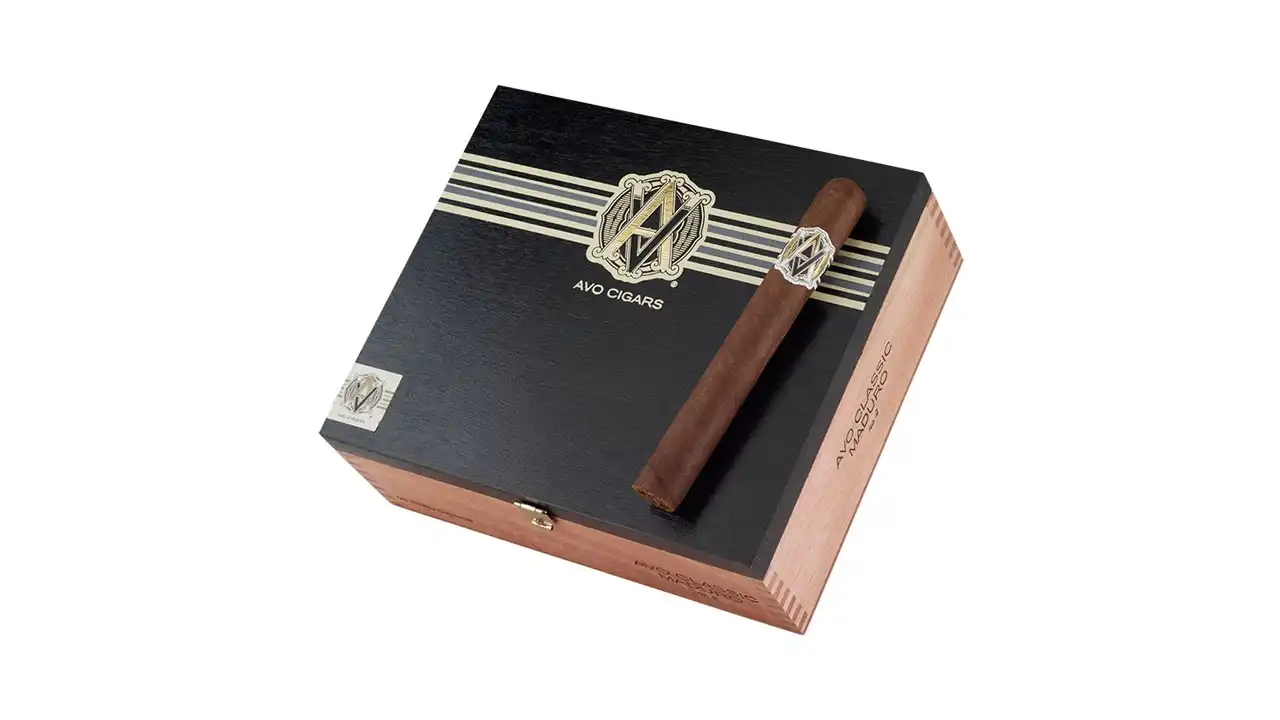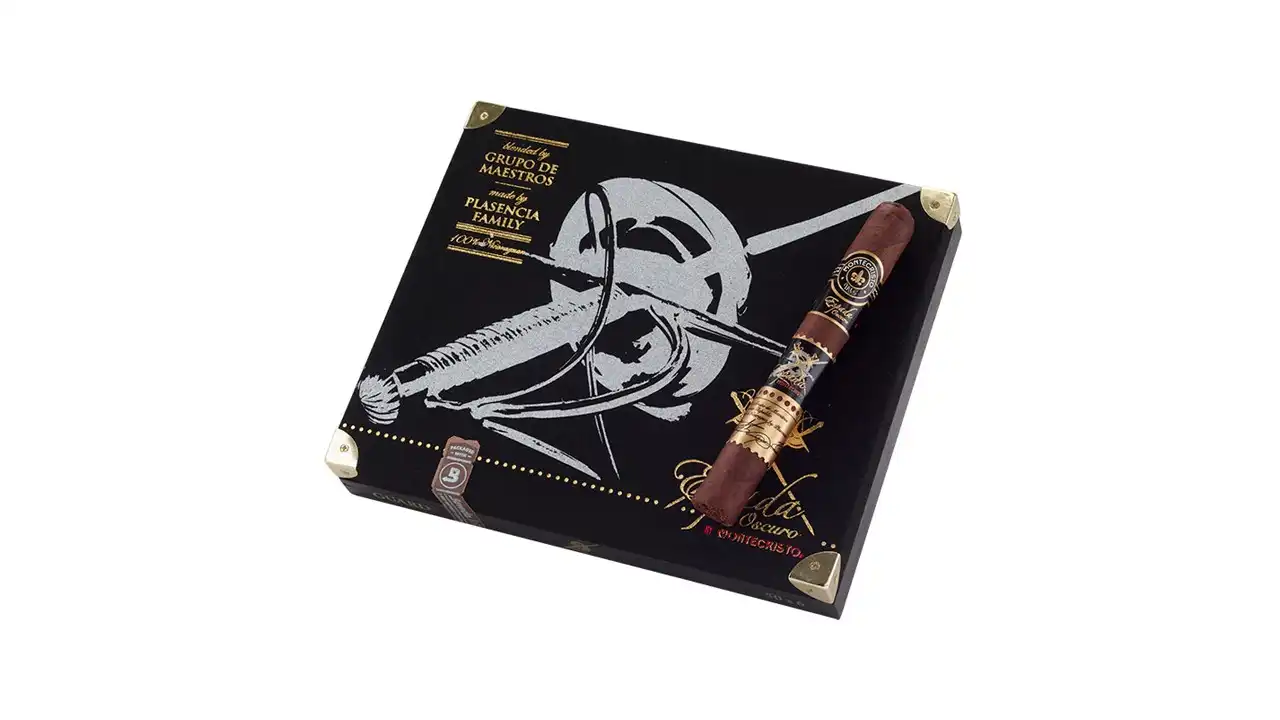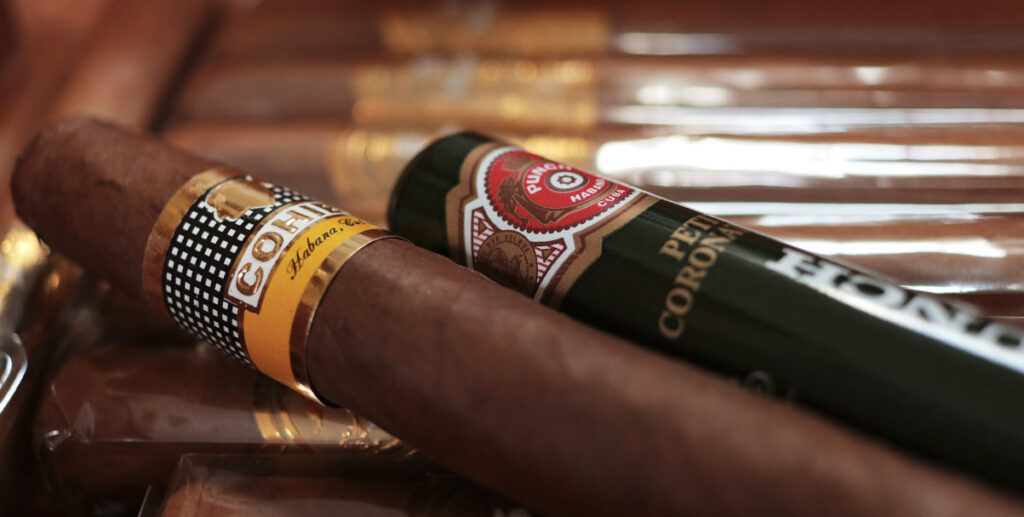In this guide to cigar wrapper colors, we’ll be taking a closer look at how the color of a cigar impacts not just its flavor, but the entire smoking experience.
You’ll learn how to identify and distinguish every cigar wrapper color, and how to use that information to pick your next stick.
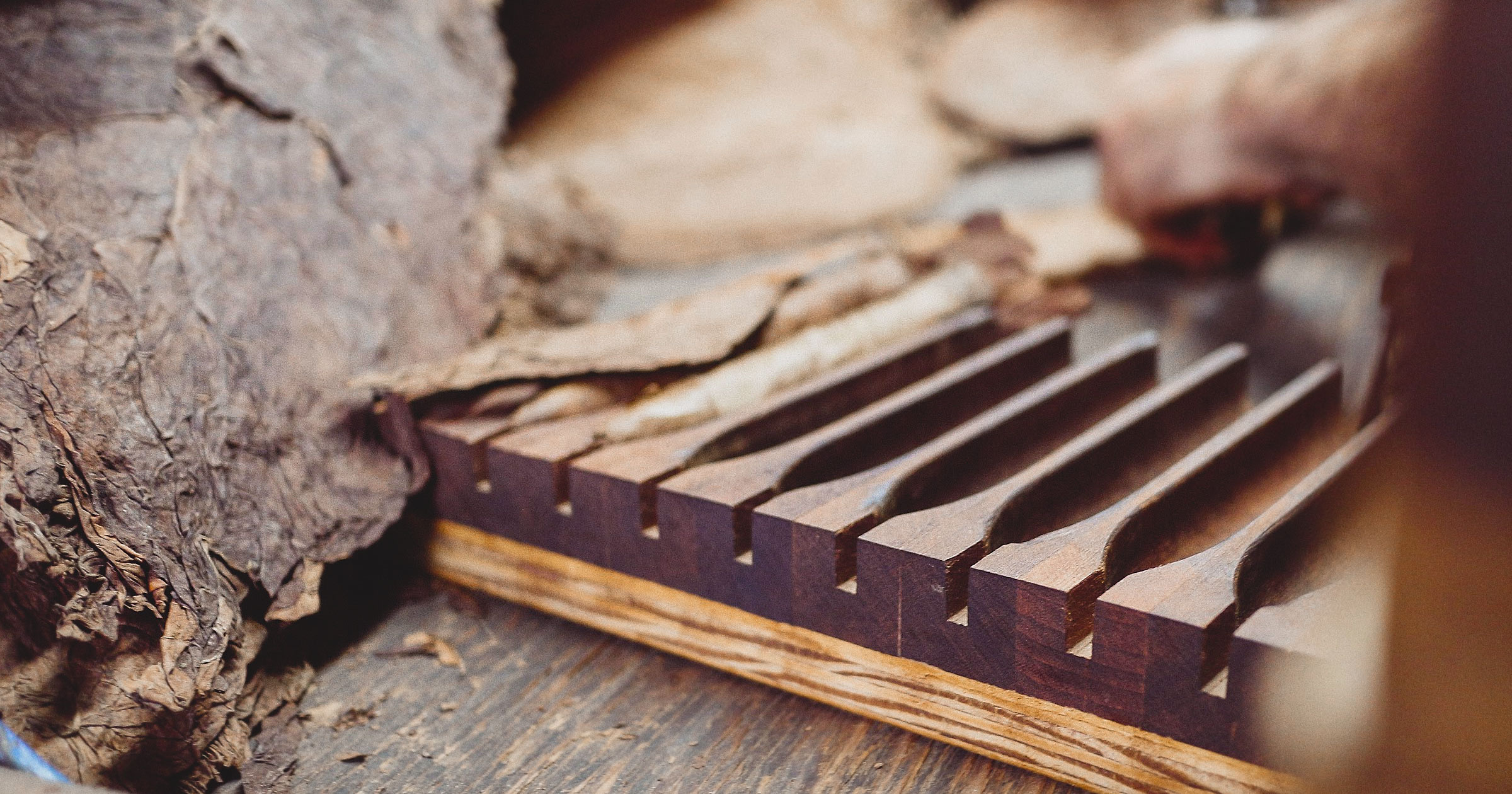
What Does the Color of A Cigar Mean?
The color of a cigar wrapper is an indicator of how much fermentation and oxidation the tobacco leaf has gone through. The darker the color, the greater the degree of fermentation and the denser the flavor.
To really understand how color affects flavor and smoking experience, though, there’s a bit more to it than that.
The art of crafting a fine cigar balances three main components: Shape, size (also known as ring gauge), and wrapper color. Just as every producer strives to create a unique and unforgettable experience from their tobacco plants, they also do their best to make cigars that can be understood as part of a classic category.
That’s why size, shape, and wrapper color are a magic key to understanding cigars: Once you familiarize yourself with the industry standards, you’ll always be able to pick the cigar that best suits your tastes or the occasion you’ll be smoking it on.
Without further ado, let’s get right into the grading system for cigar wrapper colors, starting with the lightest:
Double Claro/Candela
Created through a quick drying process that locks in the tobacco leaf’s chlorophyll, Candela cigars are green both in color and flavor. Though they were once quite popular in the U.S., they’re now one of the rarest styles to find in stores.
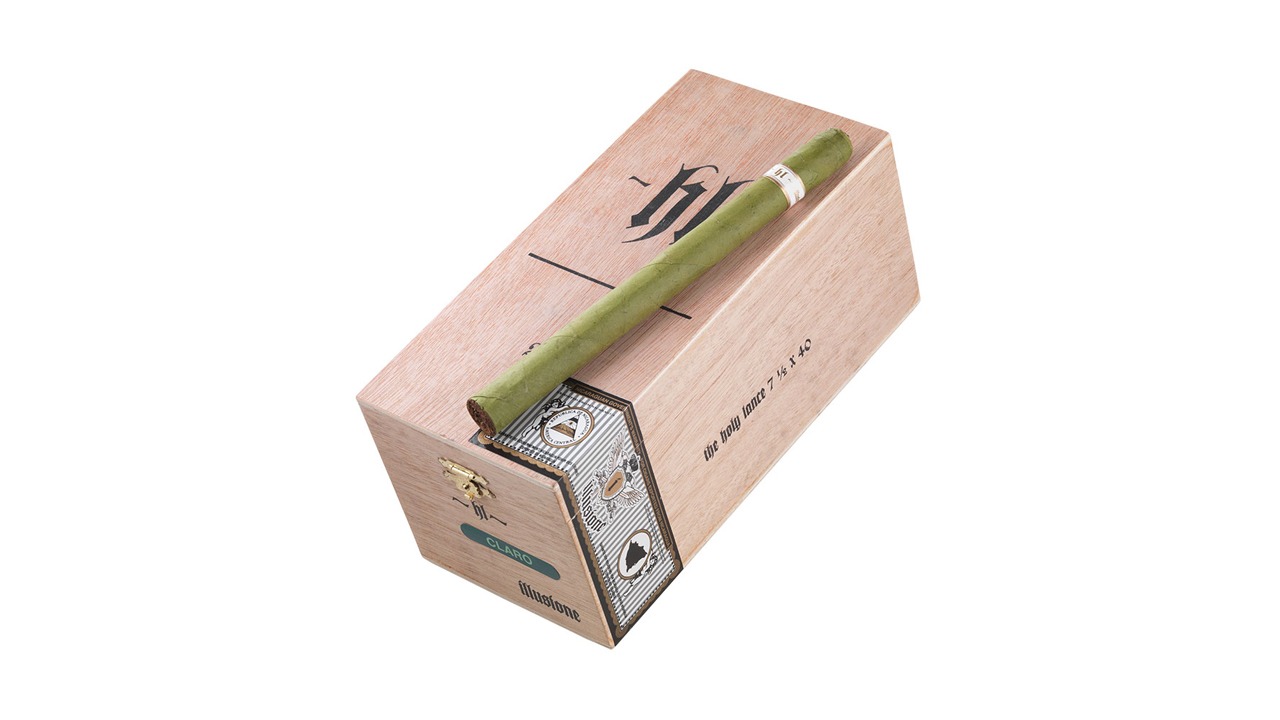
Illusione cigars were designed to recreate the classic taste of pre-Sandinista Nicaraguan cigars.
Claro
Claro wrappers are made from tobacco plants that are picked early, kept out of the sun, and left to air dry in a dark and well ventilated room. They are a light tan wrapper that has lost all the greenness of a Candela. These wrappers add very little to the flavor of a cigar, putting the focus on the flavor of the filler tobaccos instead.
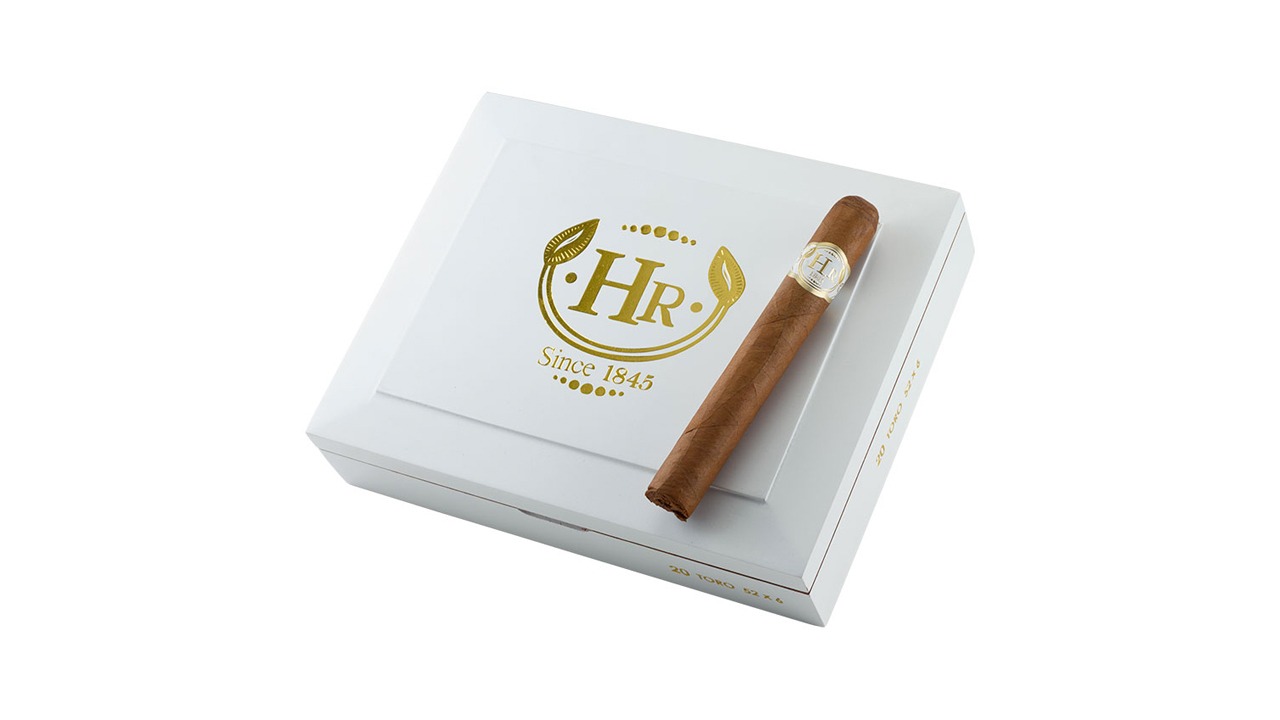
A light tan wrapper that has lost all the greenness of a Candela, Claro wrappers are made from tobacco plants that are picked early, kept out of the sun, and left to air dry in a dark and well ventilated room.
Colorado Claro
No, it’s not grown in the Rockies — Colorado Claro wrappers get their name from the light red color referenced by their Spanish name. They’re given more time to mature than Claro wrappers, and contribute a soft and fruity element to cigars.
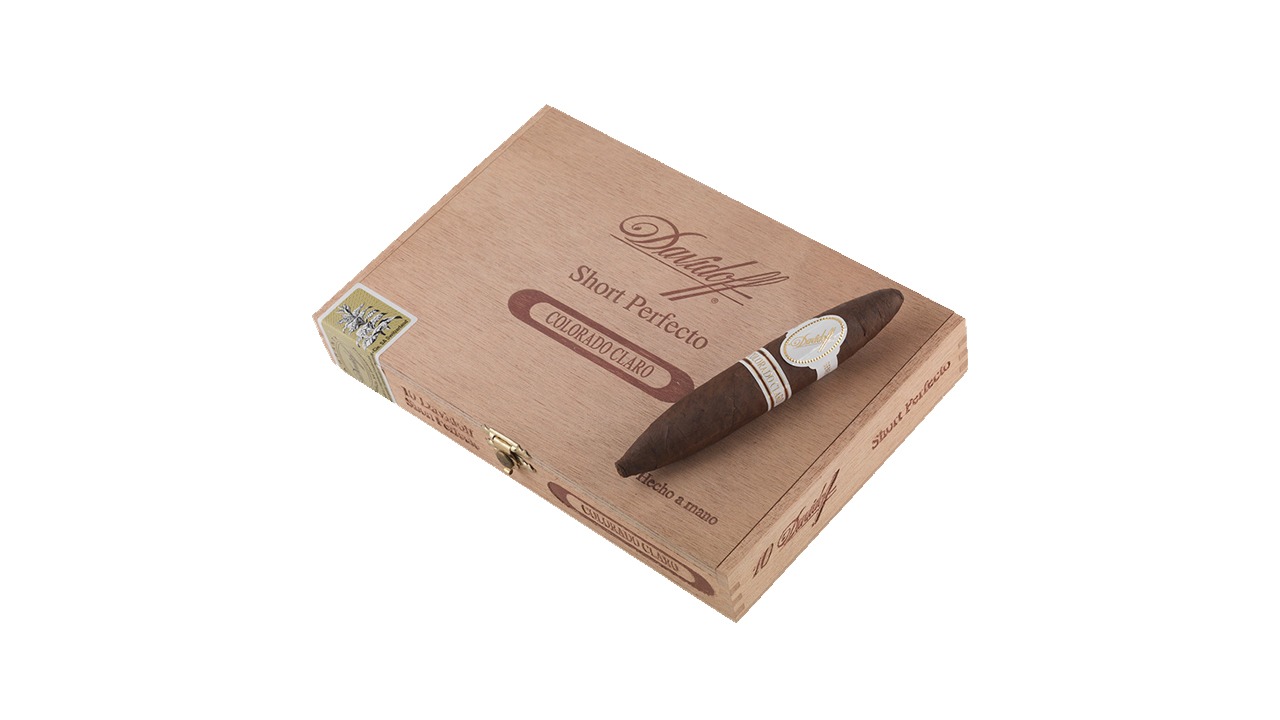
Davidoff Colorado Claro Short Perfecto cigars are part of a rare series produced in very small quantities for cigar smokers who crave a unique taste experience
Colorado
The dead center of the cigar wrapper color scale, Colorado wrappers are a brownish red. They contribute a full-bodied flavor, but have much softer aromas than any of the darker wrappers. Growing methods can be a combination of shade-grown and full sunlight.
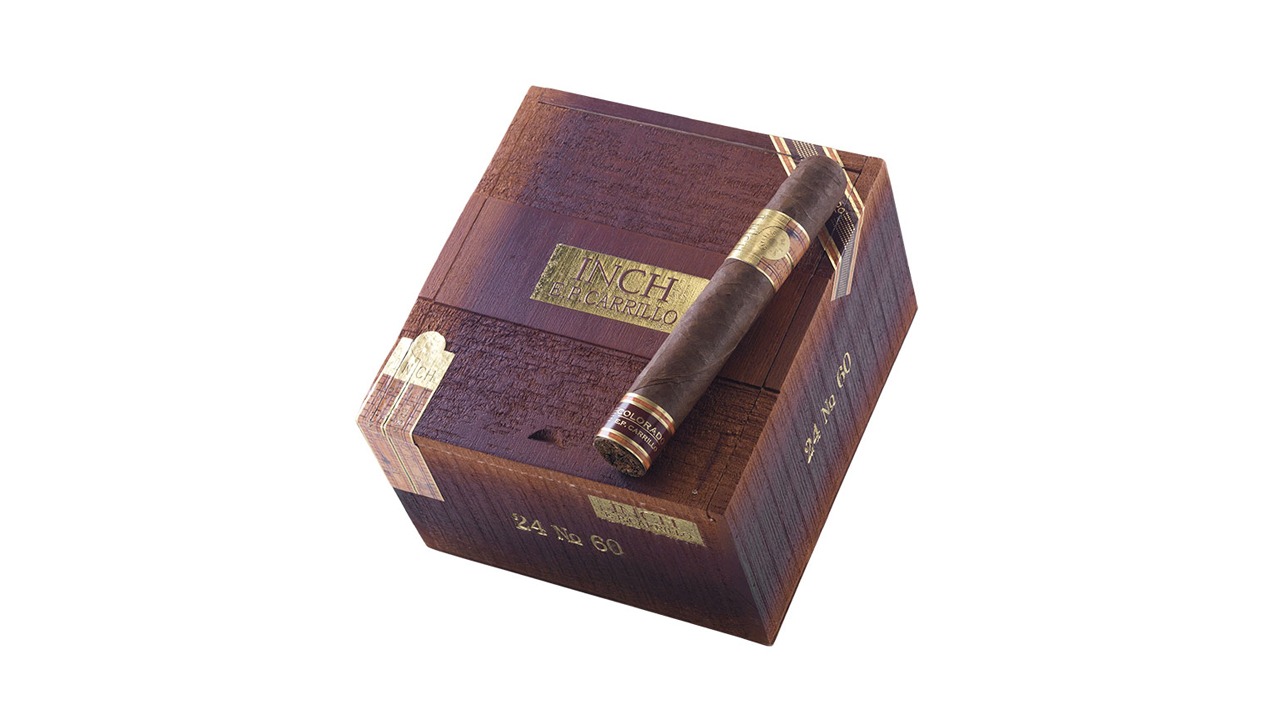
The dead center of the cigar wrapper color scale, Colorado wrappers are a brownish red. They contribute a full-bodied flavor, but have much softer aromas than any of the darker wrappers.
Colorado Maduro
A dark red wrapper, Colorado Maduros are the first of the truly dark and raisinated wrappers. They contribute to a full-bodied smoke, and generally have a fairly assertive flavor and aroma. Quite an uncommon style of wrapper.
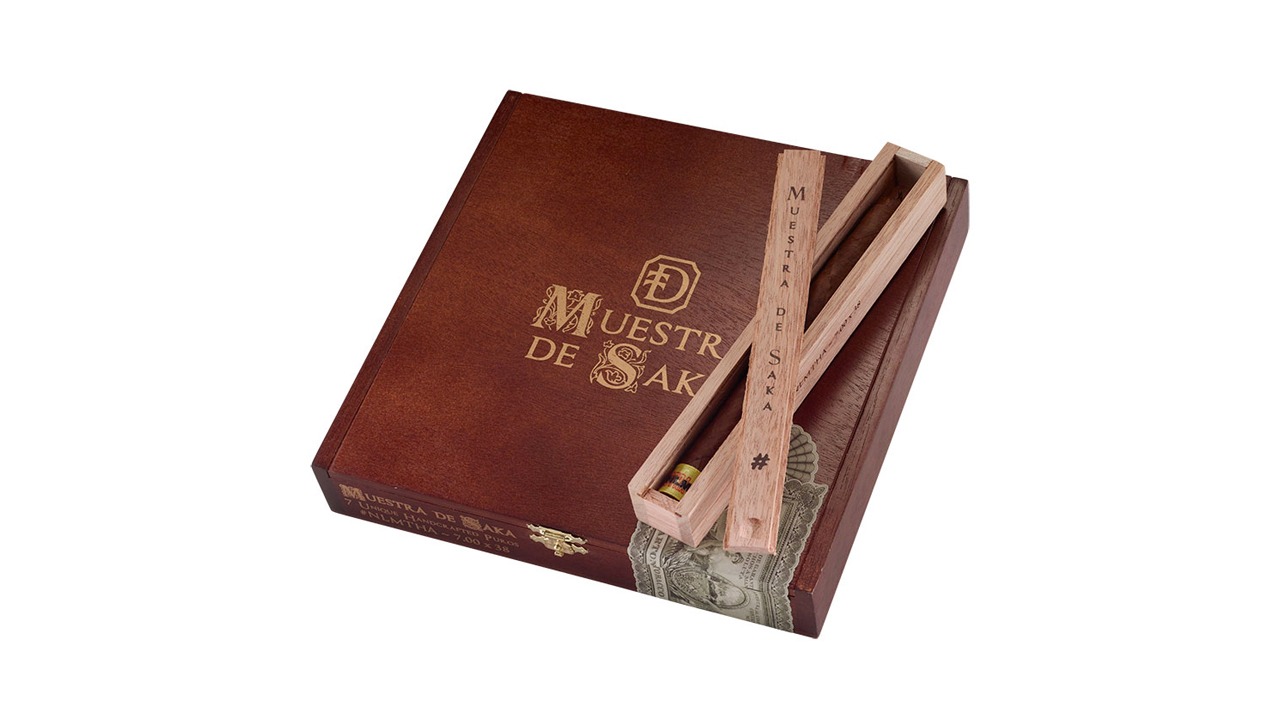
A dark red wrapper, Colorado Maduros are the first of the truly dark and raisinated wrappers.
Maduro
Meaning “mature” in Spanish, Maduro cigar wrappers have a reputation for the sweetness of their flavor and aroma. They come in shades from deep red to brown to almost black, a color that’s achieved through long fermentations at higher temperatures.
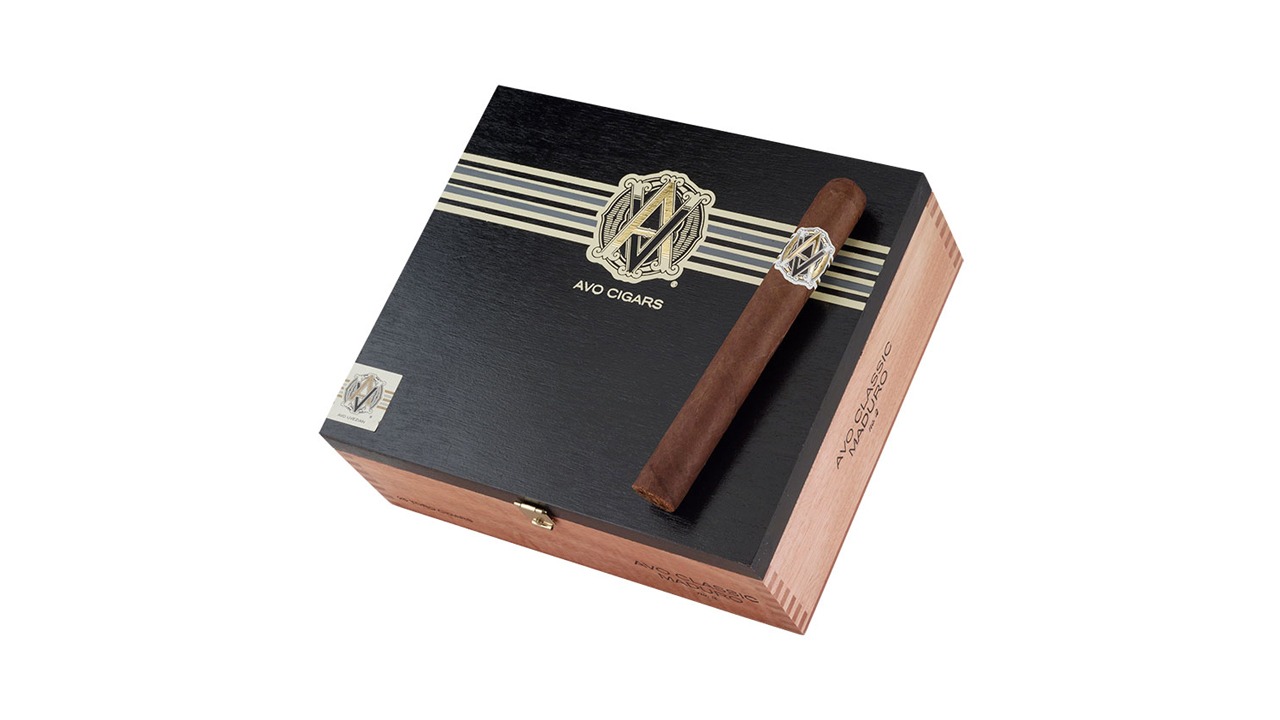
Avo Maduro No. 2 cigars present a rich, yet incredibly smooth smoke blended from long-aged Connecticut Broadleaf wrappers that shimmer in ebony and burn perfectly with a solid white ash
Double Maduro/Oscuro
The darkest of the dark, Oscuro wrappers are only commonly found in Mexico and Brazil. They’re made from leaves that have grown to full maturity, and are fermented for an exceptionally long time.
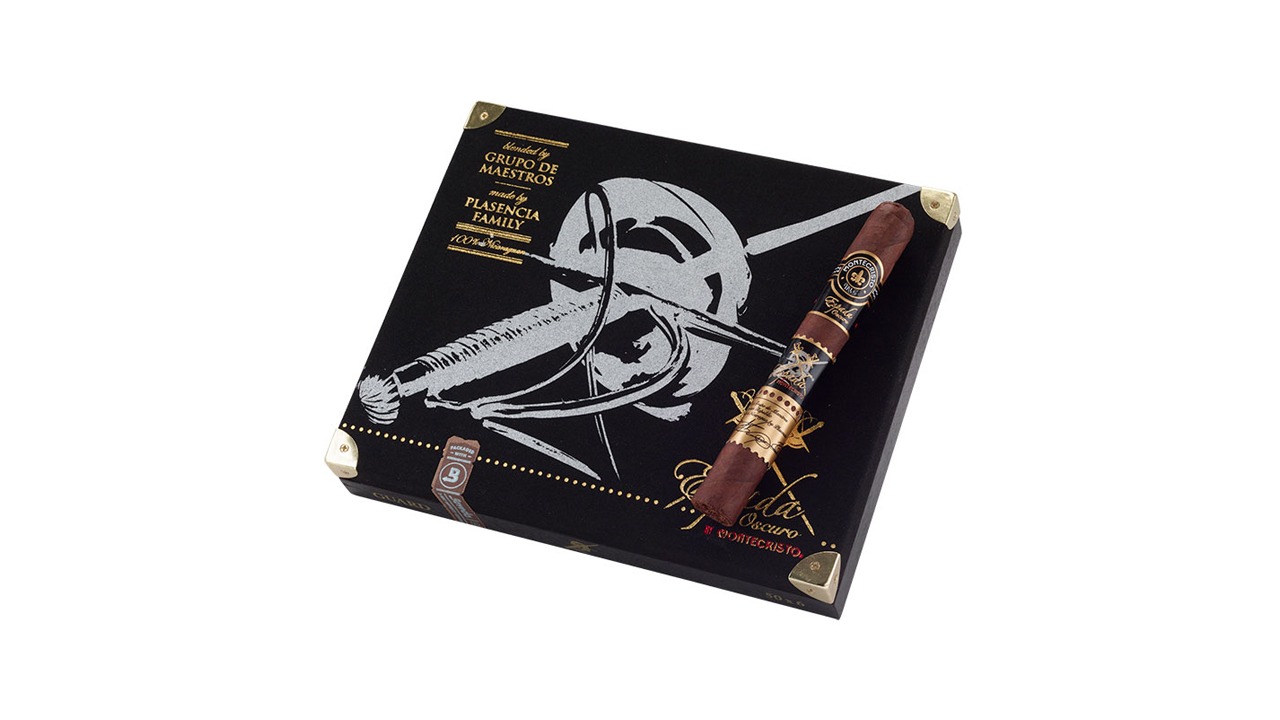
The darkest of the dark, Oscuro wrappers are only commonly found in Mexico and Brazil.
Many cigar enthusiasts consider them to be a bit rough in flavor and aroma.
A Common Question: What is the Sweetest Cigar Wrapper?
While there’s much to be said for a smooth, dry, and austere cigar, sweet wrappers can be a much better pairing for deeply flavored drinks. They’re also a wonderfully seasonal experience, and seem to complement the deeper feelings that arise every winter.
Maduro cigars are a great place to start for anyone interested in smoking a cigar with a sweeter wrapper. Their lengthy fermentations at higher temperatures give the tobacco more time to develop natural sweetness through caramelization.
That’s all you need to know about the different wrapper colors!
And with that, you’re fully informed and ready to pick out your next cigar. Thanks for reading, and be sure to check out our other guides for everything you need to know about cigars.

